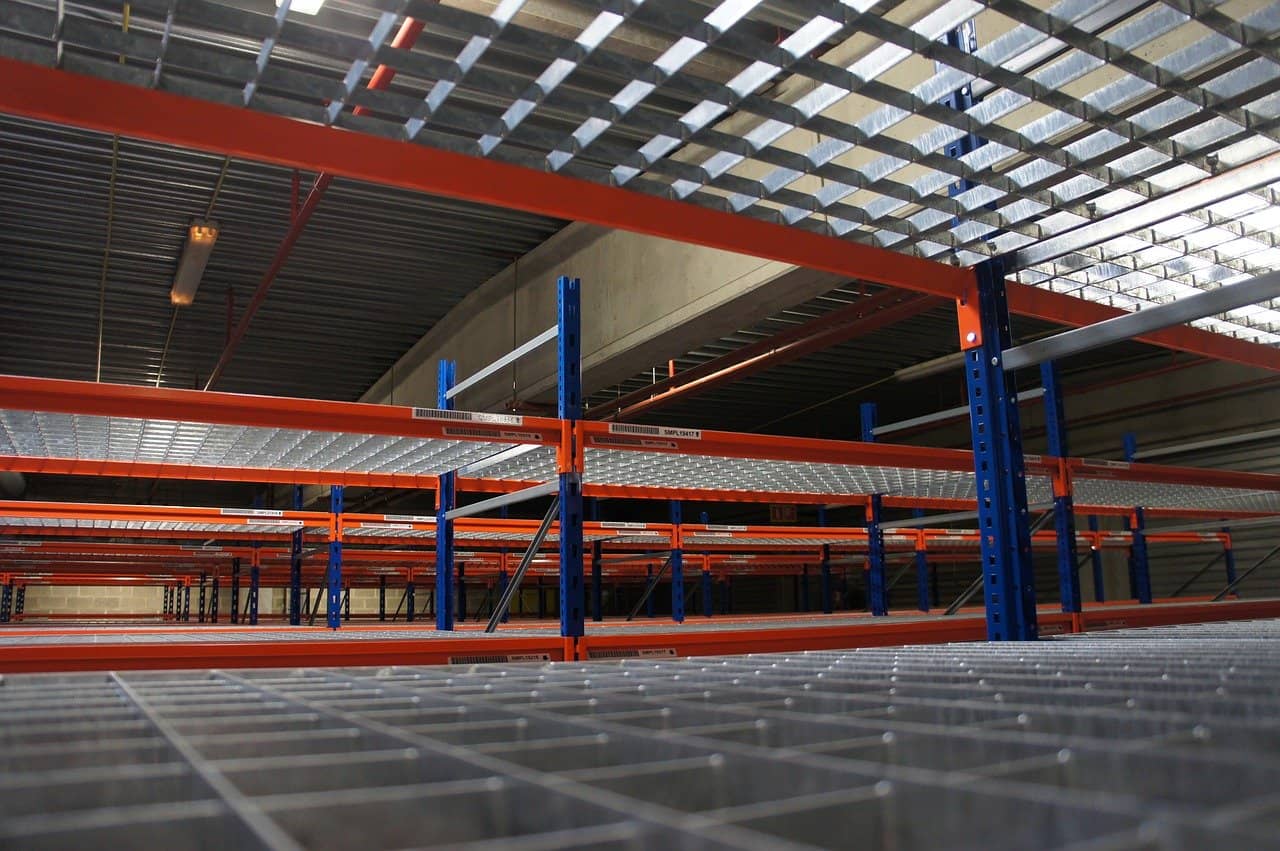If you’re importing consumer products, then you already know how important AQL sampling is to your operations. An abbreviation for acceptance quality limit, AQL is a standard used by inspectors to carefully examine the quality of consumer products.
These items include everything from furniture to clothing, and determining your allowable AQL can be confusing. Let’s break down AQL sampling, how it works and what you should look out for.
How Does AQL Sampling Work?
The International Organization for Standardization (ISO) creates standards to ensure the safety, efficiency, and quality of products, services, and systems. ISO 2859-1 defines AQL as the “quality level that is the worst tolerable.”
In other words, each batch of imports is allowed to have a limited number of defective units. If the batch exceeds the limit, then the entire batch is then rejected.
For instance, if the AQL is 1%, then only 1% of the product included in the order quantity can be defective. That is the average allowed percentage over several production runs with the same supplier.
AQL tables are used to answer two major questions:
- How many samples should be chosen for inspection among a batch of products?
- Where is the line between what is accepted and what is refused?
The sampling data is then provided to the importer, who can decide whether or not to accept the shipment. Defects are placed into three categories, critical, major, and minor.
Critical defects are those that can either harm the end user or do not meet regulations. Major defects are issues that the end user would find unacceptable. Minor defects are considered to be imperfections that deviate from certain specifications. However, the end user finds these acceptable.
As a buyer, you can set AQLs for your business and adjust them as needed depending on the product type or the relationship with the manufacturer.
What is an AQL Sample Size?
The sample size is the number of products or parts within a batch or shipment that will be tested for quality. This method is a way to determine whether or not the product order meets the client’s specifications.
How Do You Determine an AQL Sample Size?
AQL tables are used to determine the appropriate sample size. These are a set of charts that are used for the purpose of deciding how many samples are needed for quality testing as well as the number of defective units allowed. Once the AQL is chosen, you can team up with the manufacturer to reach an agreement regarding high-quality inspection standards.
How is AQL Calculated?
AQL sampling calculators can provide a quick sample size and the limit of defective products permitted in a batch. However, it would help if you still understood how the charts are involved in arriving at said numbers. A more in-depth example will be provided later on in this guide.
What is a Normal AQL level?
Buyers typically have varying levels of strictness and quality expectations, which tend to depend on the product. That means AQL level settings are susceptible to change. During the average inspection, AQL levels are between 0.065 to 6.5 at most.
The higher the level, the more lenient the inspector can be when examining the items. The level setting for general consumer products is usually zero for critical defects, 2.5 for major defects, and 4 for minor defects.
Example of AQL Sampling
Let’s say it’s time for you to order 2,000 plastic spoons from your manufacturer. Now is when you can make good use of those AQL tables. First, find the lot or batch size column and then select the correct range.
Since you’re ordering 2,000 items, your range on the chart will be between 1,201 and 3,200. The next step is to go to the general inspection levels column and select an inspection level.
There are three levels to choose from, but the rule of thumb for consumer products is to opt for level two. The intersection created by your choices will provide a letter. In this case, it’s the letter K. The letter represents your sample size code.
Find that code on the next table, and under the sample size column, you’ll be given a number. For this example, the inspector will randomly check 125 spoons in the batch. Following the column to the right, you’ll find columns for the acceptable quantity levels.
As discussed in the last section, the standard level for major defects is 2.5% whereas it’s 4% for minor defects. Locate the corresponding columns, and you’ll find the number of acceptable products as well as the number of products that will result in a refusal.
In this situation, only seven major defects and ten minor defects are allowed. As such, the shipment will be returned to the manufacturer if there is one critical defect, eight major defects or 11 minor defects.
Things To Consider With AQL Sampling
Checking for product defects isn’t the only responsibility of inspectors during quality inspections. Here are a few of the other items that can affect the inspection results as well as a number of ways to make the process easier.
Packaging Conformity
Barcodes, shipping marks, inner packing, and cartons will be examined during the inspections. If these details are not in line with regulations, the inspector may refuse the shipment.
Product Conformity
The products that are received should be the same products that are listed as part of the shipment’s order. As an example, if blue spoons were ordered but then red spoons were shipped, there’s no point in labeling each red spoon as a defect. Instead, it’s much more practical to send the items back.
Special Inspection Levels
Special inspection levels allow smaller sample sizes to save time for products that require on-site testing. Some tests will be destructive to the product, rendering it unsellable, whereas others are expensive or simply just tedious.
Hire A Professional
Third-party inspection services have trained professionals who understand AQL’s ins and outs. They fully comprehend the AQL table system, and as such, they can help you choose the most efficient inspection scope for the shipments.
Since they work for you, the quality issues that affect your business the most are going to be a top priority. Delegating this work will lessen the time that you or your team has to spend on quality assurance matters.
Advantages of AQL Sampling
- Saves Time During Inspections: Instead of spending days inspecting every unit, you can pull a small sample and inspect it in much less time.
- Cost-Effective: Third-party inspectors typically charge a daily rate. If they had to check the entire order, you’d pay for each individual day that they are at your receiving plant or factory. That doesn’t include the price of any special inspection you may need. Testing a sample can greatly reduce this cost.
- Clear Inspection Results: Because the results are based on statistical data, the results are easy to read. The pass or fail model is straightforward, leaving little to no room for error.
- Flexible Standards: The AQL standard you choose isn’t written in stone. You can customize the standards based on the type of product you’re dealing with at any given time.
Disadvantages of AQL Sampling
- Taking a Risk: Inspecting a small sample size puts you at risk of receiving more defective merchandise than is expected or allowed. It’s possible that defective units may not be randomly selected during the inspection, and a high number might not make it through to your location. AQL sampling doesn’t guarantee you won’t receive a high percentage of damaged goods.
- May Cause Shipping Delays: If you need to ship a product in two days but the sample size requires three days of inspection, then you’ll find yourself in a bit of trouble. It’s more practical to inspect a custom sample size instead of AQL to avoid an angry customer.
AQL Sets A Standard You Can Trust
Testing each and every product in a batch of shipments is not practical. It would take too much time and cost too much money to ensure the quality of each product within every single order.
On top of that, it is simply unrealistic. But with AQL sampling, you’ll receive information that will help you decide if you should accept the shipment as is or if you should instead send it back to the manufacturer. Ultimately, AQL sampling can help you ensure that your customers end up with the highest quality of goods possible.
Sign up for a FreightWaves e-newsletter to stay informed of all news and trends impacting supply chain careers and operations.



